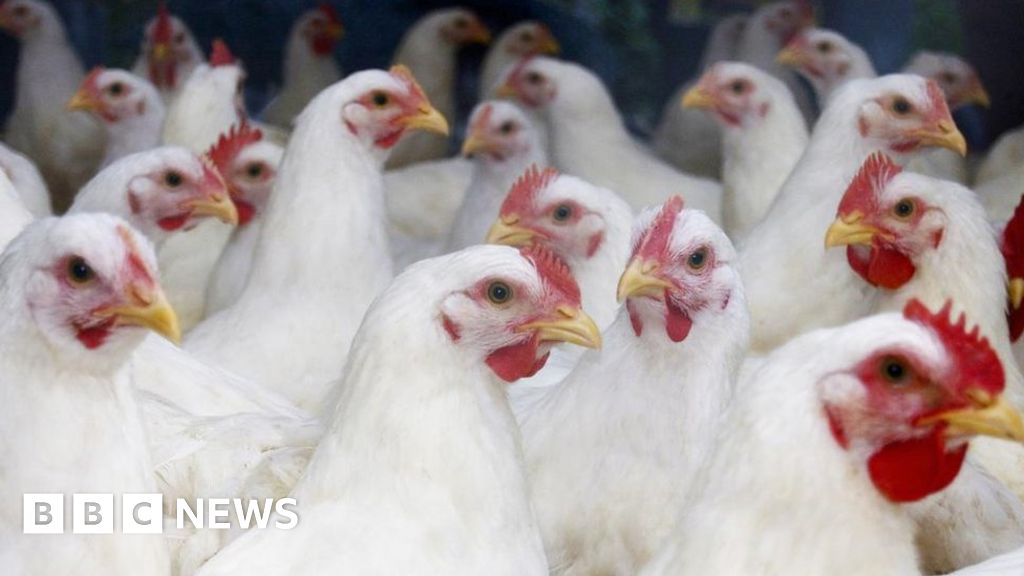Edit: I would recommend checking out the original article just for the sake of seeing the pictures of what hock burn looks like on packaged chicken you would buy from the supermarket.
My TL;DR:
“Hock burn” is caused by ammonia from excrement. A sign of poorer welfare on farms, it can be seen on a third of birds in some supermarkets.
Hock burn is often associated with a high-stocking density of birds and is a result of prolonged contact to moist, dirty litter. It shows up on packaged and prepared meat as brown ulcers on the back of the leg.
Chicken with hock burn markings are still safe to eat. But the amount of hock burn within a poultry flock is an industry-accepted indicator of wider welfare standards on farms.
Red Tractor, the UK’s biggest farm and food assurance scheme, sets a target rate for hock burn of no more than 15% of a flock.
Hock burn statistics from various supermarkets:
The BBC requested animal welfare data from 10 leading UK food sellers: Tesco, Sainsbury’s, Asda, Morrisons, Aldi, Co-op, Lidl, Waitrose, Iceland and Ocado.
Five of the companies - Asda, Morrisons, Lidl, Iceland and Ocado - failed to provide specific figures.
- Co-op, which is supplied with an estimated 30 million chickens a year, recorded hock burn in 36.7% of its poultry.
- Aldi’s most recent annual figures revealed it had found hock burn in 33.5% of its chickens.
- Company animal welfare reports reveal Tesco recorded a 26.3% rate in its chickens in 2022/23.
- Sainsbury’s found hock burn in one in five (25%) of its chickens.
- Waitrose had the lowest recorded annual figure of 2.7%.
- Lidl was one of the stores that did not provide data to the BBC. Volunteers found 74% of the chickens they checked had hock burn.



deleted by creator